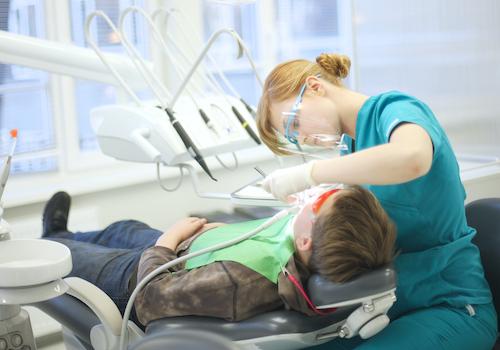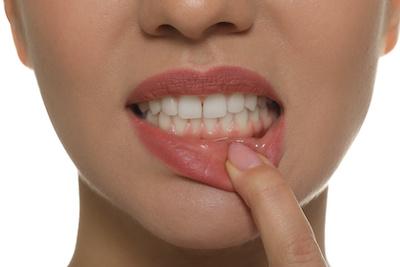Periodontal Disease Risk Factors
Several factors increase the risk of developing gum disease:
- Poor oral hygiene
- Tobacco use
- Hormonal changes
- Diabetes
- Medications that cause dry mouth
- A family history of gum disease
Gum Disease Symptoms
It’s crucial to recognize the signs of gum disease. It is so prevalent because the symptoms are often subtle and go unnoticed. Here’s what to look out for so you can seek prompt periodontal treatment at Southside Dental Center.
- Red, swollen, or tender gums
- Bleeding when brushing and flossing
- Pain when chewing
- Persistent bad breath
- Gum recession
- Loose teeth
Stages of Gum Disease
Gingivitis
The initial stage of gum disease is called gingivitis. Common symptoms are bleeding gums, especially when you brush and floss. With prompt treatment, gingivitis can be reversed with a thorough professional teeth cleaning and improved oral hygiene. Ignoring gingivitis increases the risk of it progressing to periodontitis, a more severe form of gum disease.
Periodontitis
In this stage, the infection spreads below the gumline, forming pockets between the teeth and gums. These pockets become filled with bacteria, plaque, and tartar, causing further inflammation and bone loss. As periodontitis progresses, gums recede, teeth may loosen, and there is a significant risk of tooth loss.
Periodontitis can also impact overall health, as bacteria from the infection can enter the bloodstream. Significant research shows a connection between the disease and systemic problems like heart disease, respiratory disease, diabetes, rheumatoid arthritis, and dementia.
 Do your gums bleed when you brush? This symptom is a common sign of periodontal disease, also called gum disease. Research indicates that this disease affects nearly half of all US adults over 30 and is the most frequent cause of tooth loss.
Do your gums bleed when you brush? This symptom is a common sign of periodontal disease, also called gum disease. Research indicates that this disease affects nearly half of all US adults over 30 and is the most frequent cause of tooth loss. 

